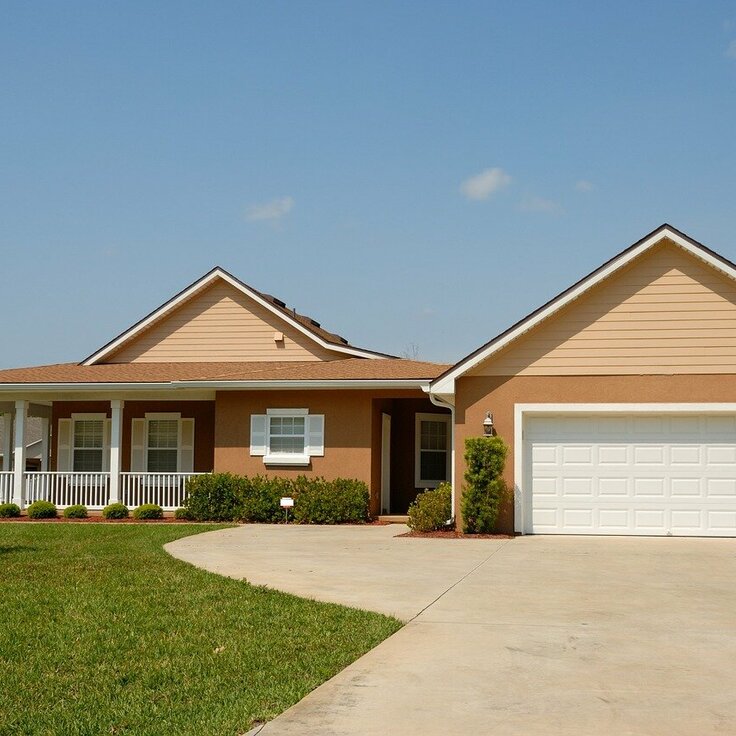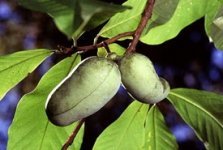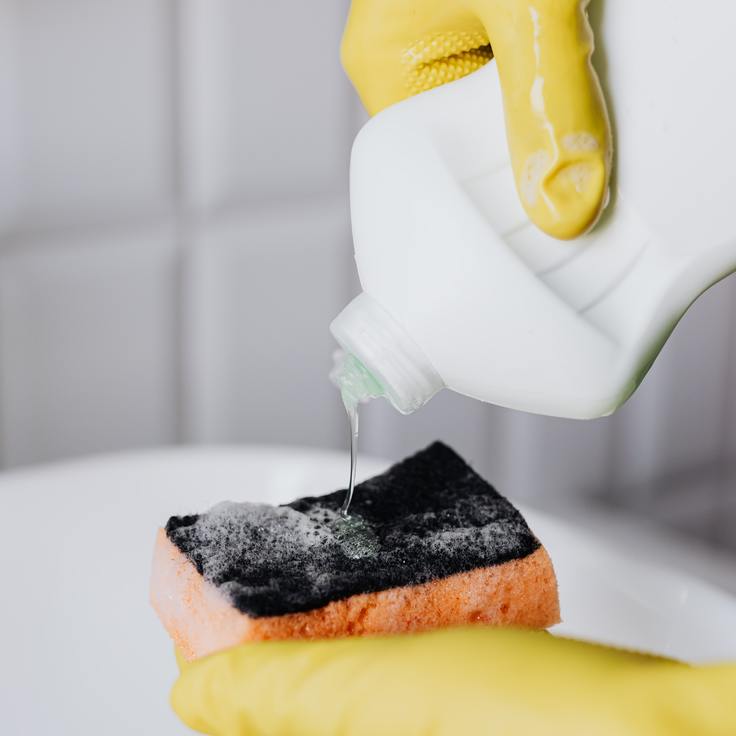Summer Tomato Care
If you grow tomatoes, be aware that summer's heat can put a damper on production. It's a time when problems can crop up, slow down growth, and set back production. So be on the lookout for some common diseases and other problems with fruit and foliage.
Blights
Two tomato blights can give gardeners headaches in our region. Early blight is caused by a fungus that lives on plant refuse or in the soil. It usually infects the oldest leaves with small, irregular, brown spots. These spots get larger in a concentric, target-like pattern, and the tissue surrounding them is usually yellow. Later in the season, the maturing fruit can also be infected, which causes large, leathery, sunken areas surrounded by concentric rings to form.
If early blight shows up on your tomatoes, you can begin a spray program at the first sign of disease using a copper fungicide every 7 to 10 days as long as the weather conditions (warm and humid) favor disease development. Also, when the season is over, be sure to dispose of all the plants and fruit that had symptoms -- in the garbage, not the compost pile -- and rotate the location of your tomatoes in the garden next year, as disease spores overwinter in the soil.
Late blight is another disease that can cause serious harm to your tomatoes (it is also a problem on potatoes). This one comes on during cool, wet weather. Unlike early blight, stems can be hit, usually with brown or black blotches (there is no definite target pattern). The fruit will develop a bunch of brownish, wrinkled areas, which may eventually become mushy.
Use the same kind of treatment as for early blight, and avoid overhead sprinkling, especially in the evenings and during cool weather.
Blossom End Rot
Blossom end rot is not a fungus disease but rather a physiological problem. The dark spots on the blossom end of tomato fruits are caused by improper watering practices while the young fruit are developing. During this developmental stage, calcium must be translocated into the young fruit, and water needs to be readily available for this to occur.
The blossom end of the fruit (the region farthest away from the stem) develops a black or brown leathery lesion that becomes somewhat flattened. This can happen to all or only some of the tomatoes on the plant, and to green as well as ripening fruit.
The best way to avoid this problem is to make sure your tomato plants don't suffer drought stress or large fluctuations in soil moisture. Water them thoroughly and deeply once a week. Don't just lightly sprinkle them. On the other hand, don't water tomatoes daily since overwatering is just as bad. Use a mulch to retain uniform moisture and reduce stress conditions.
Sunscald
You may have heard that pruning plants and removing leaves will hasten ripening of tomatoes. On the contrary, removing leaves does not hasten ripening or do anything beneficial for the plant. It cuts down on the amount of food energy the plant can manufacture, and exposes the developing fruit to sunscald injury -- white or yellowish spots on the green fruit. Tomatoes do not need to be in the sun to ripen, so keep the leaves.
Read more from the national gardening association.








